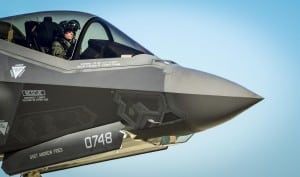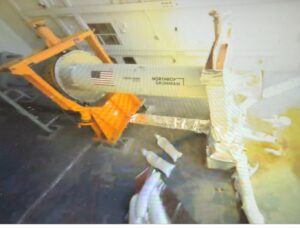
The Defense Department and its three services are working on a memo of understanding (MOU) to improve response times and the communication of information and clarify “who’s in charge” at accident investigation sites. Air Force Chief of Staff Gen. Mark Welsh said Wednesday the memo is in regard to the accident investigation that followed the F-35 fire in June. A fire to the jet as it was about to takeoff lead the Air Force to ground its fleet of F-35As…













